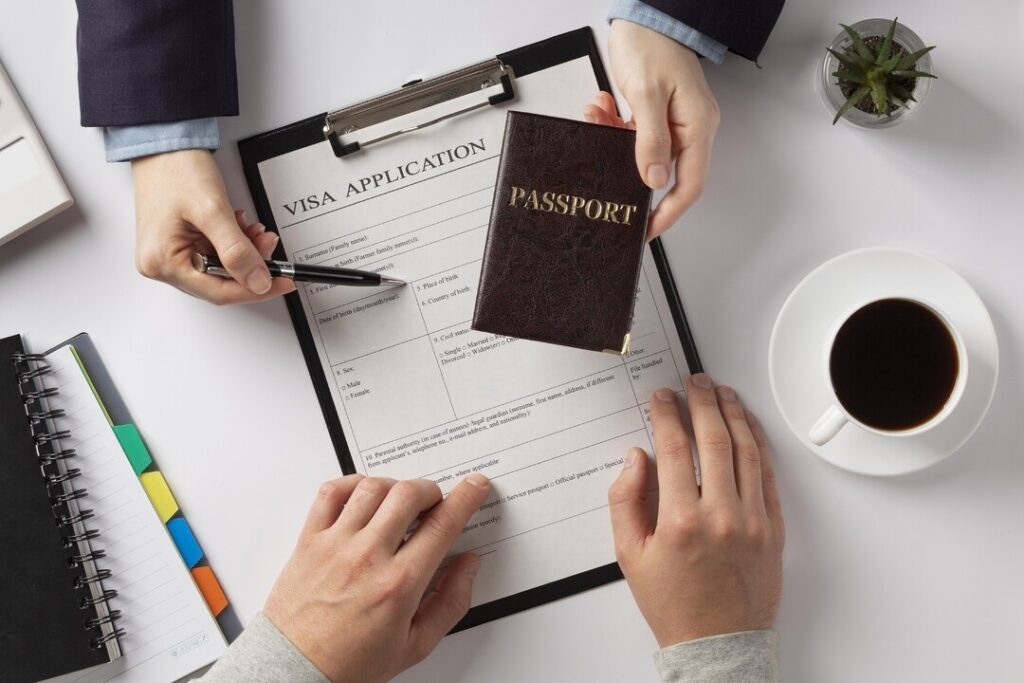When planning an international trip, understanding visa information and requirements is a crucial step. Each country has its own visa policies, which can vary greatly depending on factors like nationality, purpose of travel, and the duration of stay. Knowing the specifics of visa requirements for your destination will ensure a smooth journey and help you avoid issues at immigration.
1. Types of Visa
The type of visa you need depends on the purpose of your trip. Here are some common types:
– Tourist Visa: This is the most common visa type for leisure travelers. It allows you to enter a country for sightseeing, recreational activities, and visiting friends or family.
– Business Visa: Designed for business-related purposes, this visa allows travelers to attend meetings, conferences, and conduct business activities. Note that it generally doesn’t allow for employment in the host country.
– Student Visa: If you’re traveling for educational purposes, this visa allows you to study in a foreign country for a set period.
– Transit Visa: For travelers passing through a country on their way to another destination, this visa is typically valid for a short duration.
– Work Visa: If you plan to work in a foreign country, you’ll likely need a work visa or permit, often obtained with the help of an employer in the host country.
Understanding these categories can help you apply for the correct visa type, saving time and hassle later.
2. Visa Information and Requirements: How to Get Started
When planning your trip, start by checking your destination’s visa information. Many government websites provide detailed guidelines and application forms. Here are general steps to follow:
– Research Visa Requirements: Check if you need a visa for your destination based on your nationality. Some countries have visa-waiver agreements with specific nations, allowing short stays without a visa.
– Gather Documents: Each visa type may require specific documentation, but common requirements include a valid passport, recent photographs, proof of funds, a return ticket, and possibly travel insurance. For student or work visa, you might need additional documents like admission letters or employment contracts.
– Apply Online or In-Person: Many countries now offer online visa applications for convenience. Others require in-person submissions at embassies or consulates.
– Schedule an Interview (if required): Some visa, particularly student and work visa, may require an in-person interview. This step often involves proving your intent to return to your home country after your visit.
– Wait for Approval: Visa processing times vary, so apply well in advance. Some visa are processed within days, while others might take several weeks or even months.
3. Common Pitfalls to Avoid
Being prepared with all necessary visa information can help you avoid common mistakes, such as:
– Not Checking Expiration Dates: Your passport should be valid for six months beyond your intended departure date. Otherwise, you may be denied a visa.
– Not Meeting Financial Requirements: Some countries require proof of sufficient funds. Check the minimum financial requirement in advance.
– Overstaying the Visa: Exceeding your allowed stay can result in fines or bans from re-entering the country.
By researching visa information and understanding the requirements specific to your travel goals, you can ensure a hassle-free international experience. Each country’s regulations vary, so be diligent in gathering the correct details and submit your application with enough lead time.



